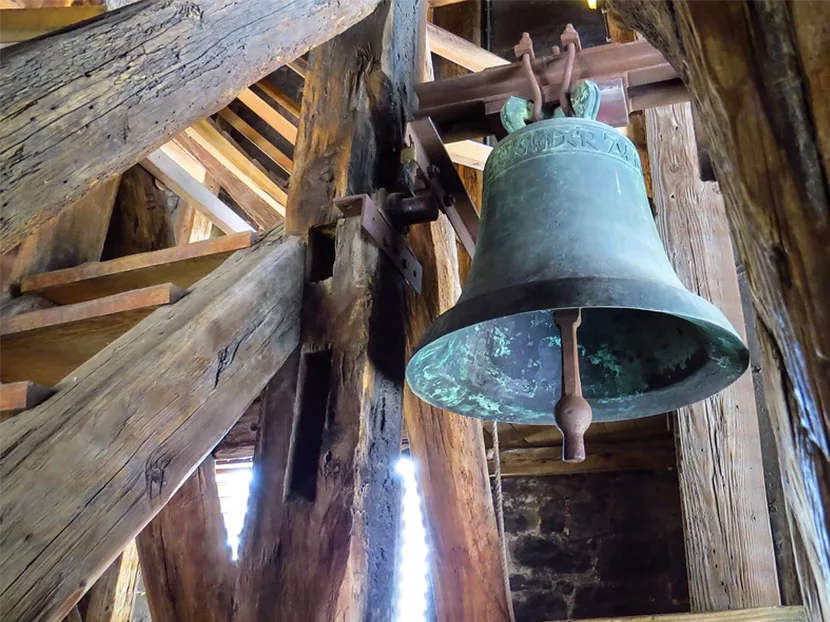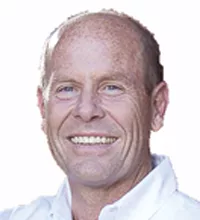As a retired mechanical contractor turned to consulting, I find myself reflecting on sweet memories and great finds. One of these happened several years ago when I was called out to a historic building in downtown Tampa. The minute I walked into the mechanical room, I felt I was standing on hallowed ground.
The church was built in 1909, and the chiller before me was installed in 1949. Other than leaky gaskets, the chiller was still in working order. However, as an old R-12 system, the church’s leaders wanted to consider a full update of their cooling and heating plant. Sixty-three years was enough for them, and I agreed.
This chiller was geothermal-sourced and was connected to two large direct expansion air handlers in an adjacent room. I don’t know if they called it “geothermal” back in 1949; they probably just figured that since the ground water was so cool, they could save the expense and maintenance that results from the use of a cooling tower outside the church, preserving the quiet peace and uncluttered ambience we all prefer. I wonder if that designer/installer back in 1949 knew that he would save the church untold dollars in cooling tower maintenance and replacements over the next six decades. He certainly extended the life of the chiller by decades.
My job as a consultant was to help the church make a decision on which way to go with its new mechanical system. Some of the choices to consider included:
- New DX air handlers and condensers
- New chiller and cooling tower or dry coolers
- Keep the geothermal wells or not
We ended up with a different and better configuration than any of those listed above. After first having a hydrogeologist certify that the class V thermal exchange wells (which include a supply well, and a diffusion, or injection well to return the water) were still in good shape after 60 years, we decided on a distributed geothermal heat pump system. There were two big direct expansion air handlers in the mechanical room adjacent to the chiller and boiler, and I was able to determine that two new commercial geothermal heat pumps (GHPs) would fit in there nicely.
Meanwhile, it was agreed that we retire the chiller and boiler, and make that room a pump room where we could add a plate and frame geothermal exchanger. While the chiller had well water running through its exchanger for the last six decades, we decided that an exchanger would isolate the condenser water loop, and would add a layer of dependability and versatility.
The result was a beautiful system, with a 12.5 ton and a 24 ton GHP, that will likely last another 60 years. That may sound optimistic, but consider why it’s likely that my son or grandson will be on the next change-out 50 years from now:
- No cooling tower
- No outdoor condensers
- Low ambient loads to the compressors (cool mid-70s geothermal exchange water)
- Simple and reliable
Other concerns the facility will never have:
- Outside noise
- Vandalism
- Storm damage
- Gas/propane charges (GHPs eliminate the need for boilers)
Part of the contract for CGM Services involved removing not only the ancient boiler, but the flue pipe that ran up the outside of the beautiful structure. The onsite fuel tank was removed, leaving only the structure and foliage.
There are many different ways to implement geothermal heating and cooling systems, from the smallest residence to the largest commercial and industrial projects.
For the first time, a full day course on open loop geothermal technologies is being offered at the IGSHPA Conference and Technical Expo 2017 in Denver, Colorado. Learn from two industry experts that have designed and installed open loop systems for the last 30 years in projects from New York City to Malaysia. John Rhyner and I will share information and experiences from the industry that will give you the confidence to implement the geothermal projects you’ve wanted to do.
This educational course is designed for architects, engineers and owners who would like to consider an alternative to closed loop geothermal that may provide options for large capacity geothermal exchange in various applications. Attendees will receive information to help them determine the potential for implementation of other geothermal exchange configurations that may provide further options than closed loop geothermal exchange. This course is not intended to replace the need for experienced professionals in the design and implementation of open type geothermal well designs.
Come to Denver and attend a one-day course to get your company or building on the way to employing HVAC systems that solve a lot of problems. IGSHPA Conference and Technical Expo is held in conjunction with IGSHPA’s Annual Conference and Expo on March 13, 2017 (www.igshpa.okstate.edu/conf/). The course includes workshop and conference.
Would you like to upgrade from a cooling tower to geothermal for a client? Governments and private entities all over the world are upgrading willingly. They are making the switch to geothermal because it makes good business sense. Beyond an often impressive return on investment (ROI), geothermal systems offer answers to many of the problems we now experience.






